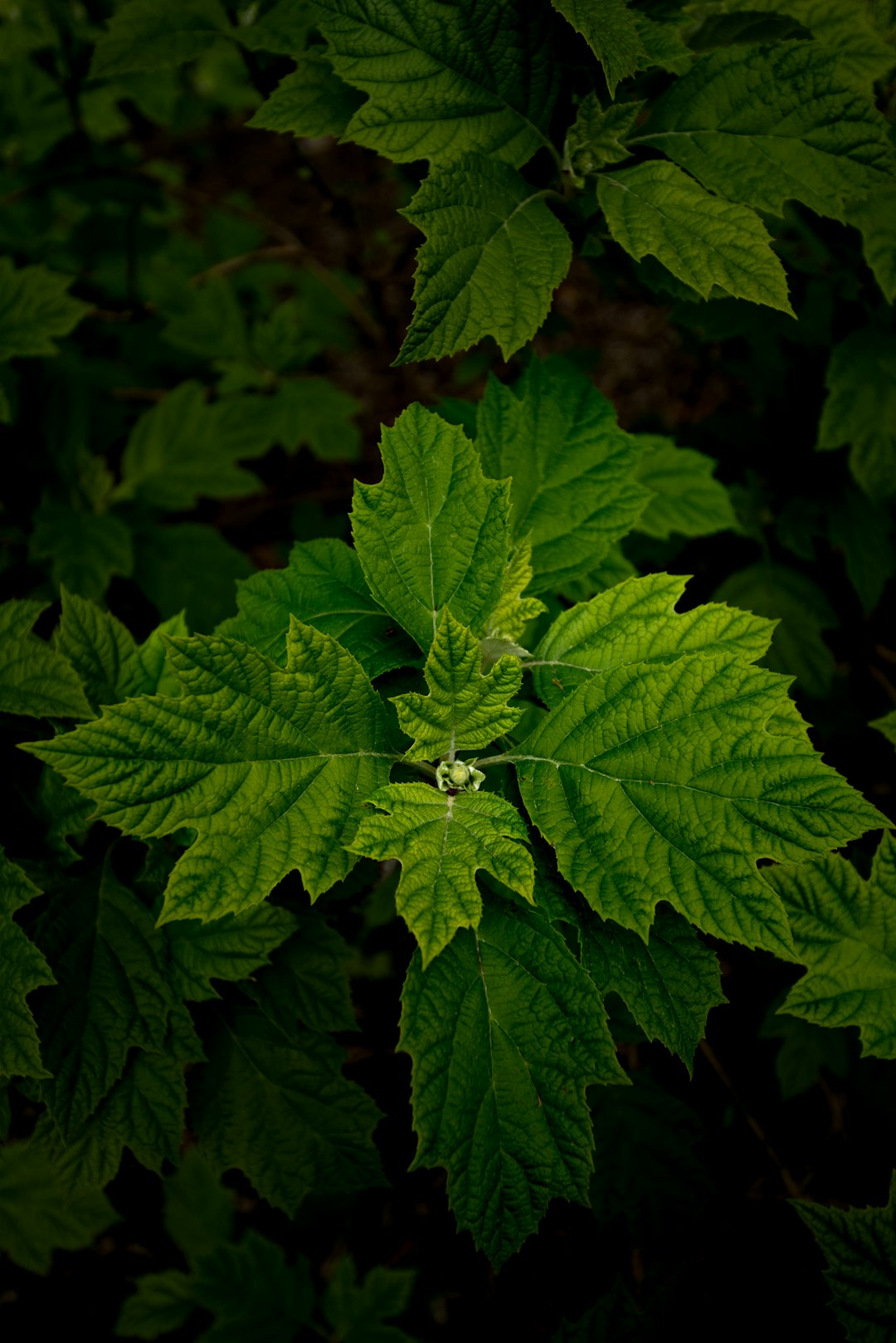Unveiling the Secrets of Growing Fragrant Jasmine

Jasmine, a perennial vine or shrub, is renowned for its sweet - smelling blossoms that can transform any garden into a fragrant paradise. In this comprehensive guide, we will explore everything you need to know about growing jasmine, from choosing the right variety to caring for it throughout its life cycle.
### Choosing the Right Jasmine Variety
There are several species of jasmine, each with its own unique characteristics. Common varieties include Jasminum officinale, known as common jasmine, which is a vigorous climber with white, highly scented flowers. Jasminum sambac, or Arabian jasmine, is a bushy shrub that produces small, white, star - shaped flowers. Another popular option is Jasminum polyanthum, a fast - growing vine with pink - tinged buds that open to white flowers.
When selecting a jasmine variety, consider your climate, the available space in your garden, and your personal aesthetic preferences. For example, if you live in a colder climate, you may want to choose a more cold - hardy variety like Jasminum officinale. If you have limited space, a bushy variety such as Jasminum sambac might be a better choice.
### Planting Jasmine
Jasmine thrives in well - drained soil that is rich in organic matter. Before planting, prepare the soil by adding compost or well - rotted manure. This will improve the soil structure and provide essential nutrients for the plant.
Choose a location that receives full sun to partial shade. Most jasmine varieties prefer at least 6 hours of sunlight per day, but they can tolerate some shade, especially in hot climates. When planting a jasmine vine, provide a support structure such as a trellis, fence, or pergola for it to climb on.
Dig a hole that is twice as wide and just as deep as the root ball of the jasmine plant. Gently remove the plant from its container and place it in the hole. Backfill the hole with soil, firming it gently around the base of the plant. Water the plant thoroughly after planting to settle the soil.
### Watering and Fertilizing
Jasmine plants need regular watering, especially during the growing season. Keep the soil evenly moist, but not waterlogged. Overwatering can lead to root rot, while underwatering can cause the plant to wilt and lose its leaves.
In general, water jasmine deeply once or twice a week, depending on the weather conditions. During hot, dry periods, you may need to water more frequently. Mulching around the base of the plant can help retain moisture and reduce the need for frequent watering.
Fertilize jasmine regularly to promote healthy growth and abundant flowering. Use a balanced, slow - release fertilizer in the spring and summer. You can also apply a liquid fertilizer every few weeks during the growing season for an extra boost. Follow the instructions on the fertilizer package for the correct application rate.
### Pruning and Training
Pruning is an important part of jasmine care. It helps to maintain the shape of the plant, promote new growth, and increase flowering. Prune jasmine after it has finished flowering. Remove any dead, damaged, or diseased branches. You can also trim back overgrown branches to keep the plant in check.
For jasmine vines, training is essential to ensure that they grow in the desired direction. As the vine grows, gently tie it to the support structure using soft twine or plant ties. This will help the vine to climb and spread evenly.
### Pest and Disease Control
Jasmine plants can be susceptible to a few pests and diseases. Common pests include aphids, spider mites, and whiteflies. These pests can be controlled using insecticidal soap or neem oil. Regularly inspect your jasmine plant for signs of pest infestation and take action promptly if you notice any problems.
Diseases such as powdery mildew and leaf spot can also affect jasmine. To prevent these diseases, ensure good air circulation around the plant and avoid overhead watering. If your jasmine plant does develop a disease, you can treat it with a fungicide according to the instructions on the product label.
### Harvesting Jasmine Flowers
One of the joys of growing jasmine is being able to harvest its fragrant flowers. Jasmine flowers are best harvested in the morning when the fragrance is at its strongest. Use sharp scissors or pruning shears to cut the flowers just above the base of the stem.
You can use jasmine flowers to make tea, create fragrant bouquets, or add a touch of luxury to your home. Simply place the flowers in a vase or bowl and enjoy their sweet scent.
In conclusion, growing jasmine can be a rewarding experience. By following these tips on choosing the right variety, planting, watering, fertilizing, pruning, and pest control, you can enjoy the beauty and fragrance of jasmine in your garden for years to come.